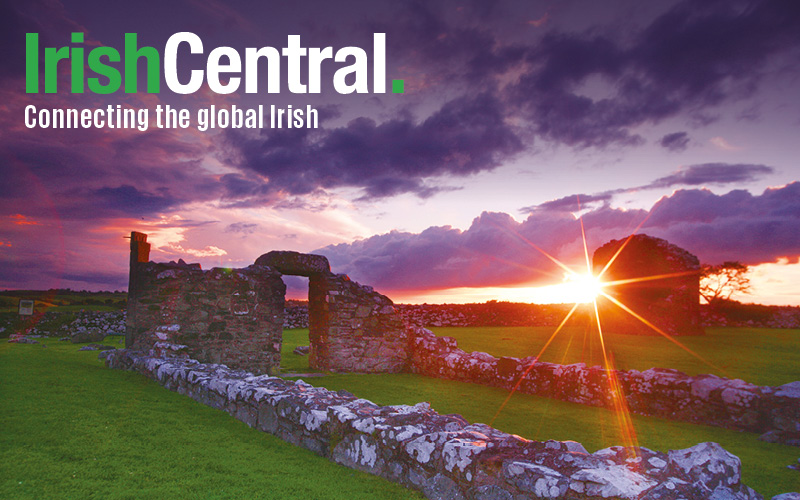Findmypast is working in partnership with IrishCentral to share fascinating insights into your Irish ancestors. Click here to get a special half price subscription, and discover your Irish roots today!
Last week Findmypast released the new Scottish Covenanters 1679-1688. These records document a brave and sad period in Scottish history known as The Killing Times. They include the names of those who signed Scotland’s National Covenant in 1638 and were labelled as rebels or covenanters by the English government. The covenanters defended their faith against the intrusion of the government and their freedom to practice their religion openly. These actions led to the persecution and murder of thousands while others fled or were exiled to Ireland and the American colonies.
The covenant was signed in 1638 after Charles I tried to bring the Scottish church in line with the English by introducing the Book of Common Prayer in Scotland. Any opposition to the new doctrine was to be considered treason. In response, the Scottish Presbyterians gathered at Greyfriars Kirk on 28 February 1638 to sign the National Covenant. The Covenant stated that Jesus Christ was the head of their church and not the King.
Civil War had broken out in England and the Scottish Covenanters formed an alliance with Oliver Cromwell against King Charles I and the Royalists. When Charles I was executed, the Scots supported Charles II, since the new King had made promises of religious tolerance. However, Charles II ignored his promise to the Scots, outlawed Presbyterian services and tried to restore Episcopacy. Cromwell was outraged by the Scottish alliance with Charles II and invaded Scotland. Charles II went into exile until Cromwell died in 1658. Relief for the Scottish Presbyterians did not come until the Glorious Revolution with William of Orange in 1688.
During these years of Civil War, the covenanters were hunted, tortured and executed. It became known as the Killing Times. In twenty-seven years, about 18,000 people, who would not compromise their beliefs, were killed or executed. Ministers preached at ‘conventicles,’ secret open air meetings. If caught, they were executed. Those who were not executed would be imprisoned or could be banished to the colonies. Many more fled to Ireland and America for safety.
In Ireland, the Scottish Presbyterians who had previously settled in the North of Ireland during the Plantation of Ulster wanted to give support to the Covenanters. Some left Ulster and went to Scotland; such as, Rev Andrew McCormick and Rev John Crookshanks who were killed by the King’s troops at Rullion Green in 1666. Others gave shelter and support to those fleeing from Scotland. Alexander Peden was a leading covenanter who was captured and sentenced to exile in America. When the American ship captain, who was charged with taking Peden to America, learned of why he was being exiled, he helped Peden escape to Ireland. There he spent time in the hills of Glenwherry in County Antrim and continued to preach before returning to Scotland.
After the end of The Killing Times and the persecution of the covenanters, many of the Scottish planters and refugees in Ulster immigrated to America, to the ports of Philadelphia and Charlestown. There they became known as Scotch-Irish. Among the many famous Scotch-Irish ancestors in American history is Andrew ‘Stonewall’ Jackson. Jackson’s family was known to have been lowland Presbyterian Scots who settled in Ireland during the Plantation of Ulster. Then later the Jackson family immigrated to America. Andrew Jackson’s wife, Eleanor Junkin, is believed to have descended from Scottish Covenanters. Will you find the ancestors of your Scotch-Irish family in the records of the Scottish Covenanters?
For more stories on tracing your Irish heritage from Findmypast click here.




Comments